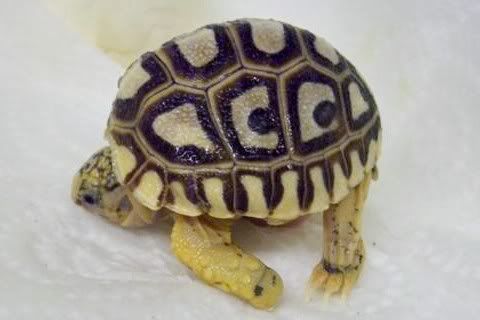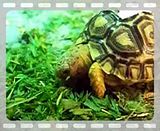hi i have to say my hatchlings dont take to grass indoors as readily as i would like ,but i find this is an important part of their diet so really think we should persevere .in some post's i have noticed people say they have difficulty getting enough weeds over winter so have to resort to a percentage of salad leaves and the like .this is not ideal as they can become addicted to these softer food items so really if you can get all your hatchlings to include grasses in their diet it will be beneficial to you and them particularly at this time of the year.every other day i give an extra meal of grasses to mine after their bath ,this seems to be when they are most likely to try anything .of all mine i actually found leopards the most difficult to persuade to eat grasses alone.i like to chop it up really small so it is in bite size pieces maybe this makes it eeasier to digest but once they get used to the idea they take to it fairly well.i have included a picture of one little guy who hatched in september this year and now at 3 month's old seems to actually enjoy his grass this is him in the video.
terry


terry

